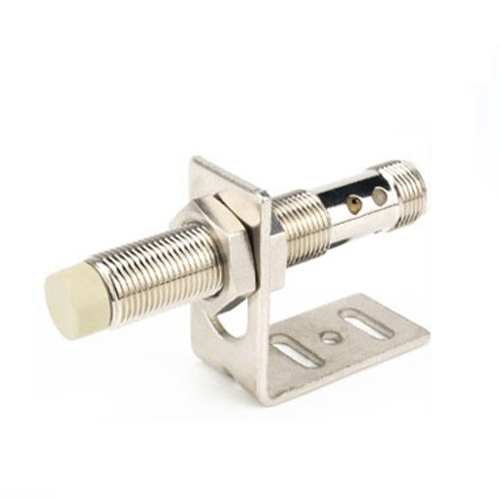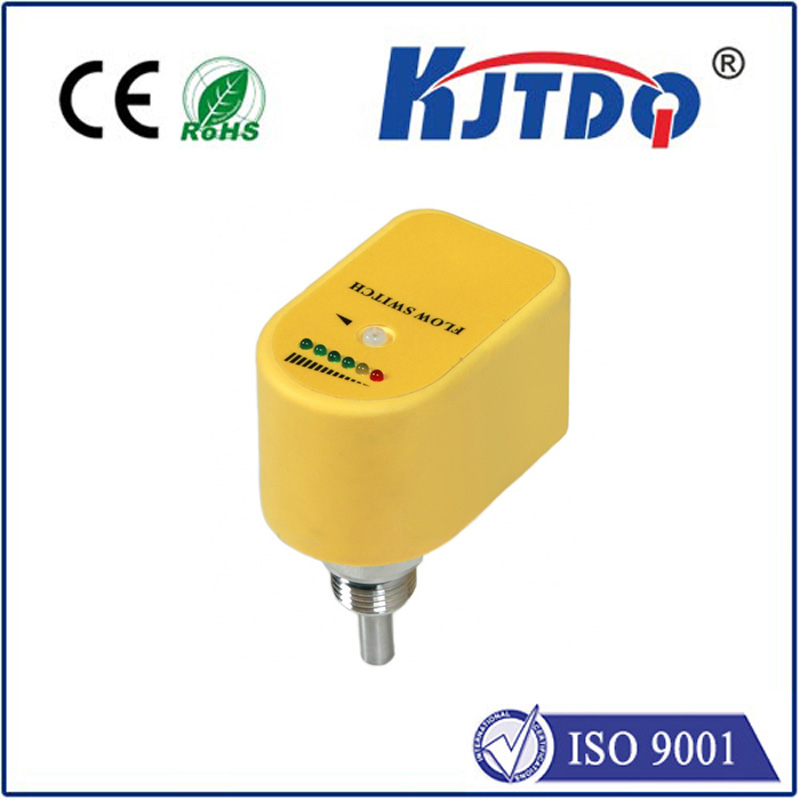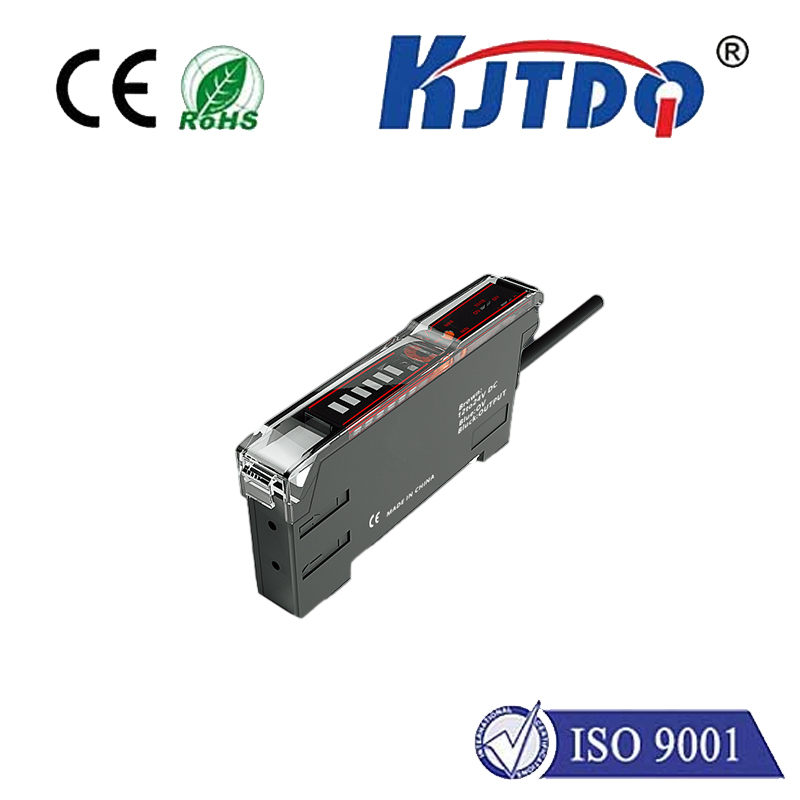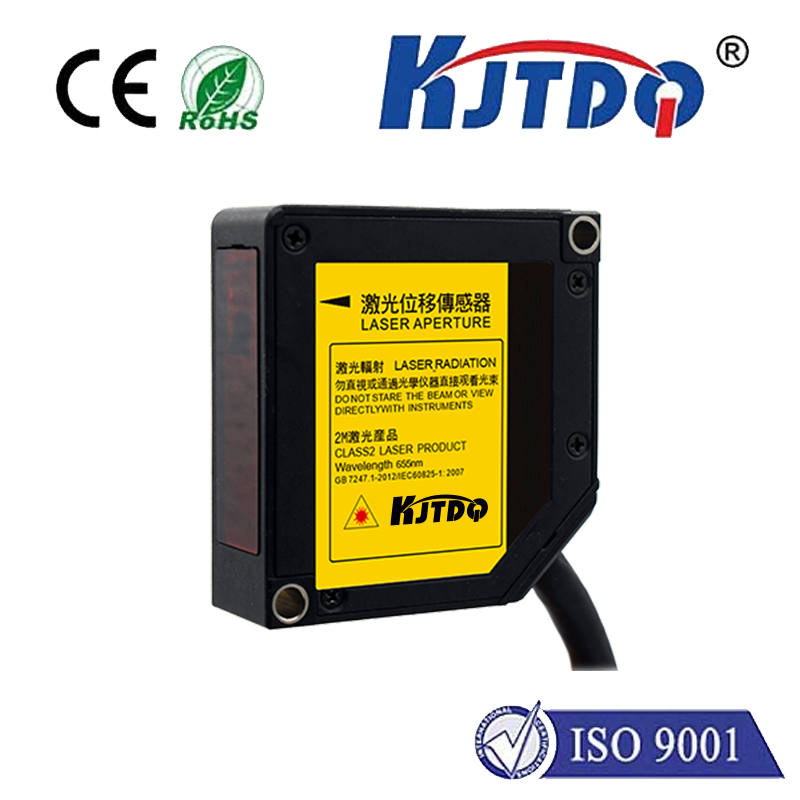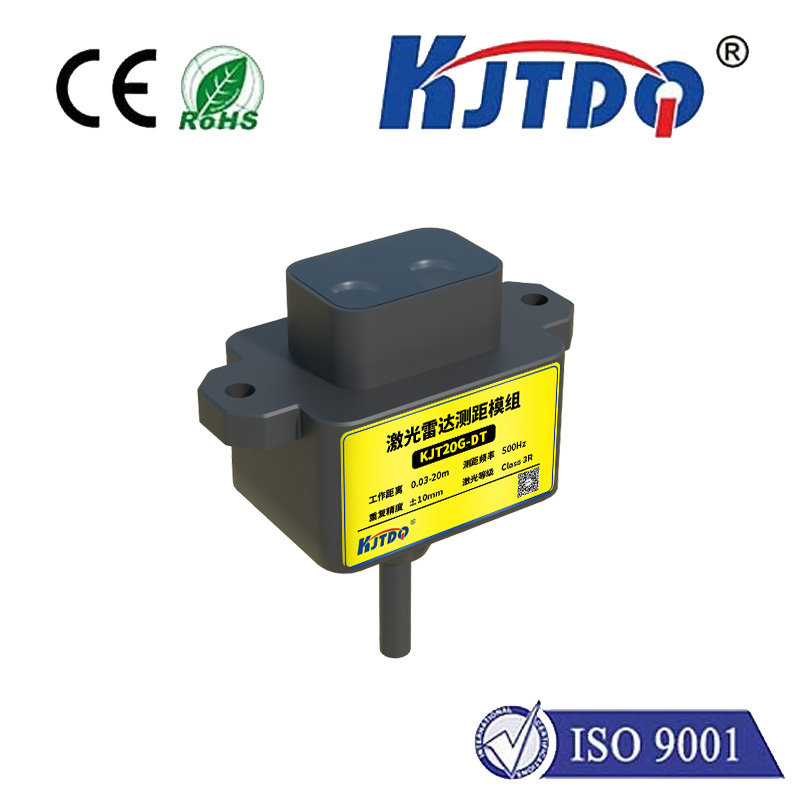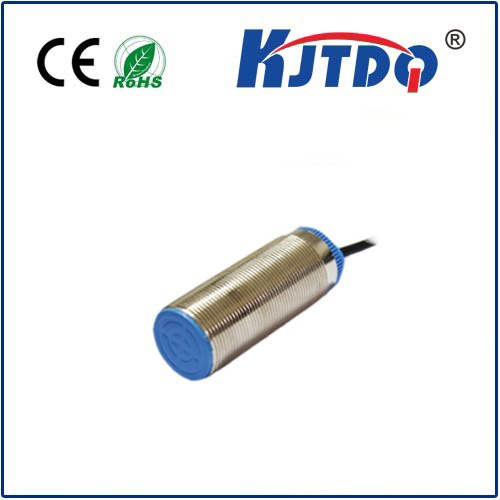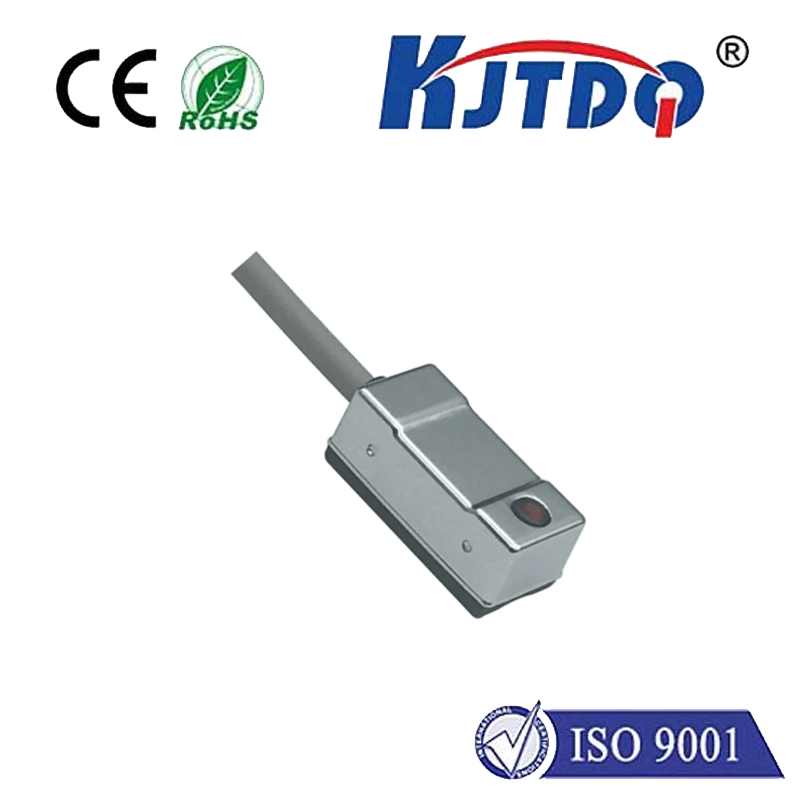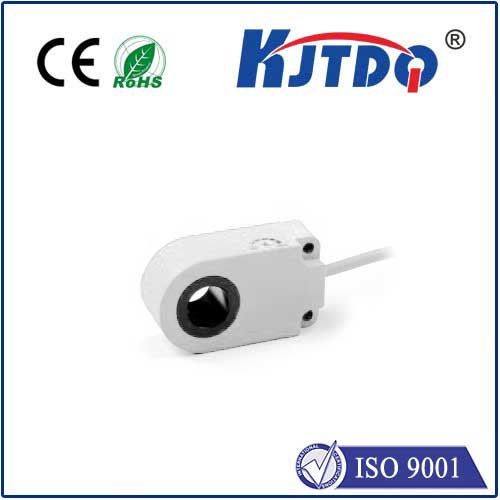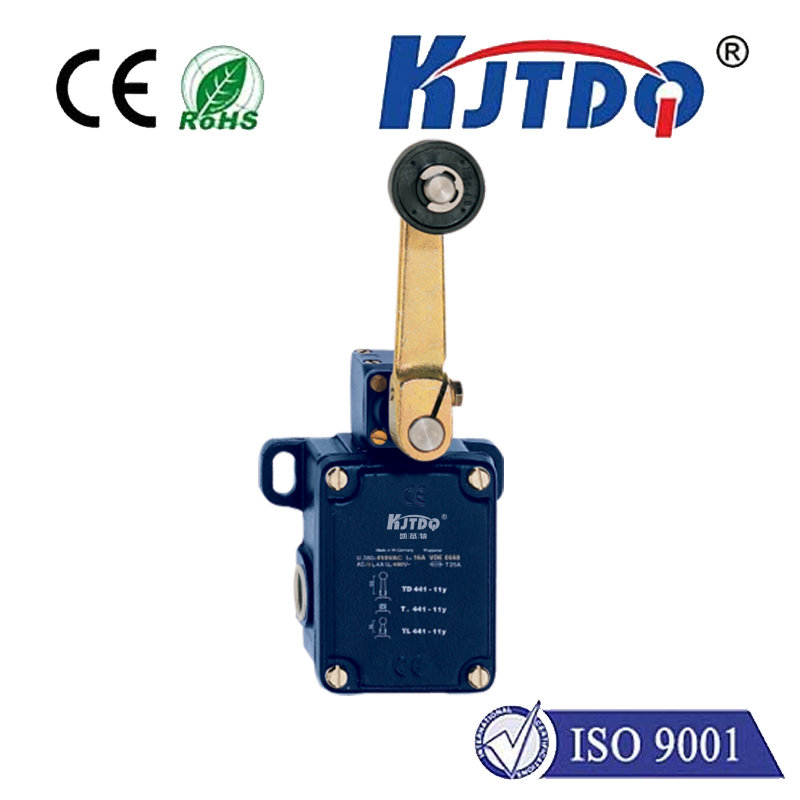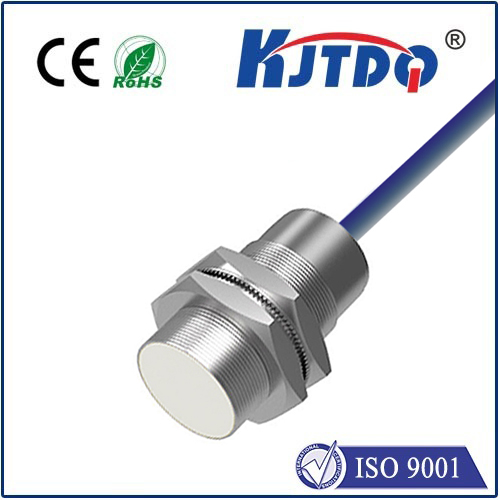

check

check

check

check

check

check

check

check

check

check
Title: The Revolutionizing Technology of Laser Anemometers
In the realm of scientific innovation and technological advancement, few instruments have captured the attention and imagination of both scientists and laypeople alike quite like the laser anemometer. This cutting-edge device has revolutionized our understanding of atmospheric mechanics and provided invaluable insights into the complex workings of our planet's atmosphere. In this article, we will delve into the fascinating world of laser anemometers, exploring their history, design, applications, and future prospects.
The origins of laser anemometers can be traced back to the early 1960s, when researchers at Bell Labs discovered the unique properties of laser beams. By modulating the intensity and frequency of a laser beam, it became possible to generate highly precise measurements of wind speed and direction. This groundbreaking discovery laid the groundwork for the development of laser anemometers as we know them today.

One of the key advantages of laser anemometers is their high accuracy and sensitivity. By measuring the time it takes for light to travel between two points in the beam, these instruments can provide highly accurate readings of both wind speed and direction. This makes them ideal for a wide range of applications, from weather forecasting and meteorology to aerospace engineering and industrial processes.
Designed to operate in challenging environments, laser anemometers are often built into compact and lightweight packages that make them easy to transport and install. They typically consist of a laser source, mirrors or lenses, a detector, and an amplifier or oscillator. By adjusting the parameters of the laser beam, such as its wavelength or power density, researchers can achieve different measurement scales and resolutions, depending on the desired application.
Some of the most common uses of laser anemometers include monitoring wind conditions in construction sites, analyzing air quality in urban areas, testing the stability of wind turbines, and studying the behavior of hurricanes and other extreme weather events. In addition, they are also used in a variety of scientific research projects, including atmospheric chemistry, climate modeling, and oceanography.
Despite their many benefits, laser anemometers are not without their challenges. One major hurdle is the need for precise alignment and calibration of the laser beam and detector systems. This requires specialized equipment and expertise, as well as careful attention to detail and rigorous quality control measures. Another challenge is the need for robust protection against dust, debris, and other environmental factors that can damage or disrupt the laser beam.
Looking ahead, it is clear that laser anemometers will continue to play a vital role in advancing our understanding of weather patterns, atmospheric phenomena, and environmental sustainability. With ongoing research and development efforts focused on improving their accuracy, reliability, and efficiency, we can expect to see new applications emerge and existing ones expand in the years and decades to come. Whether you are a scientist, engineer, or simply interested in staying up-to-date with the latest advances in technology and science, there is no denying the incredible potential of laser anemometers to transform our world.
